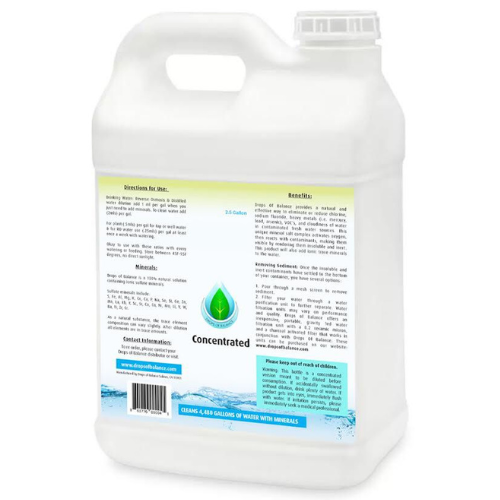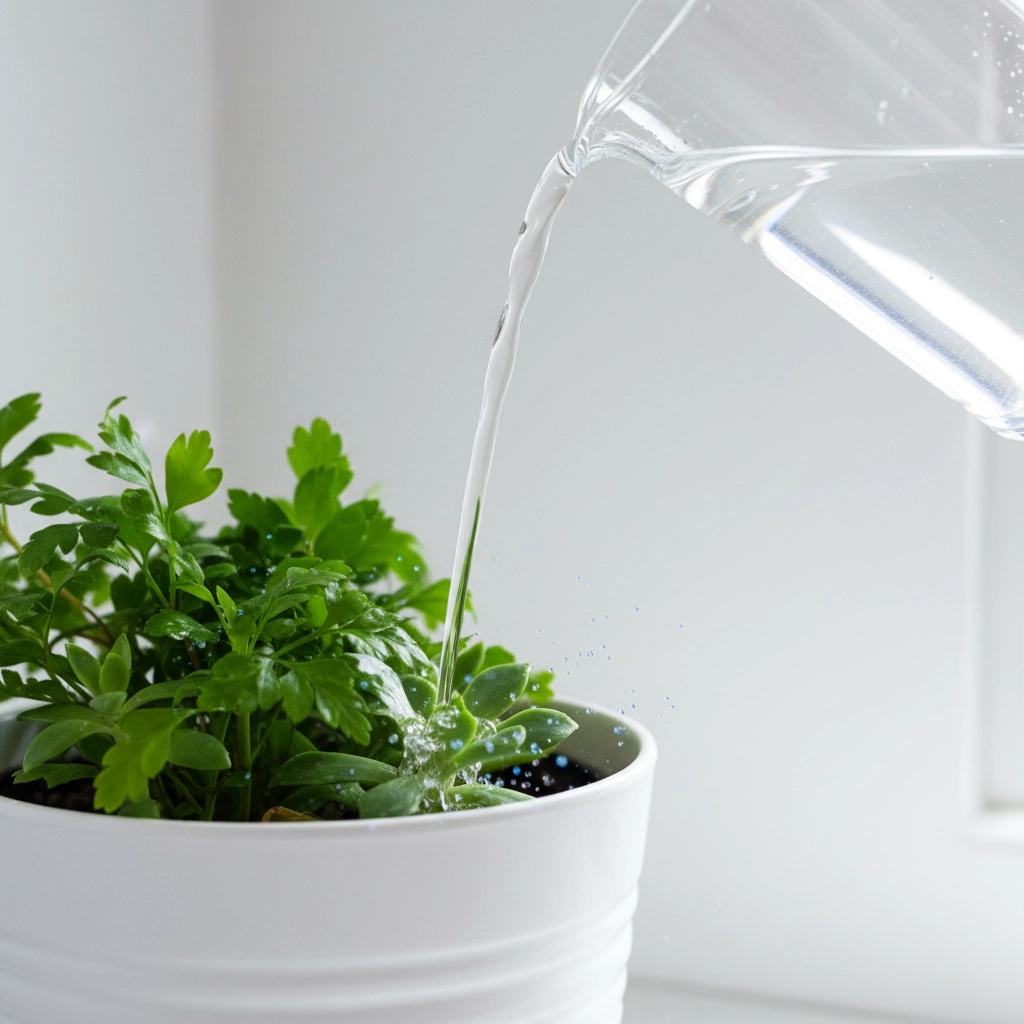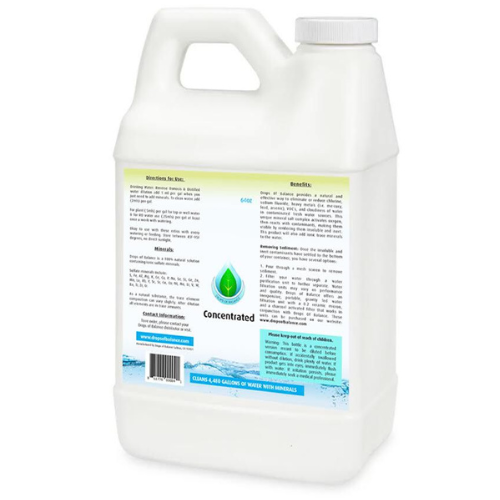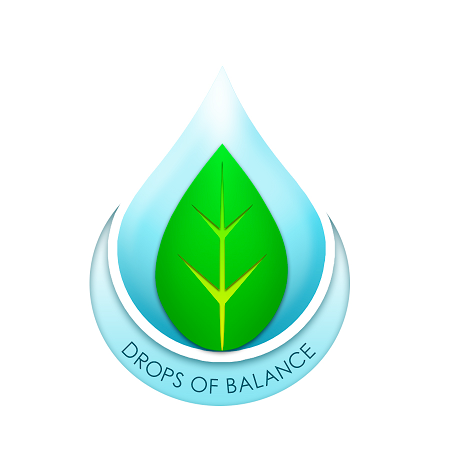Stop Wasting Money on Expensive Filters: How to Remove Fluoride From Water for Plants in Under 3 Minutes
system alert: traditional fluoride removal methods exceed time parameters
most gardeners waste hundreds on filtration systems. reverse osmosis units. distillation equipment. activated carbon filters. none deliver sub-3-minute results.
reality check: boiling water concentrates fluoride levels. does not remove mineral content. increases toxicity for plant roots.
error in common assumptions
standard filtration protocols require:
- reverse osmosis: 90% reduction rate. installation time: 2-4 hours
- distillation units: 99% effectiveness. processing time: 30-60 minutes per gallon
- activated alumina: 70% reduction. slow flow requirements for contact time
- carbon filters: variable results. replacement cycles every 6 months
cost analysis shows average investment: $200-800 initial setup. ongoing maintenance: $50-150 annually.

protocol deviation: mineral displacement method
alternative approach bypasses traditional filtration. utilizes trace mineral saturation. displaces fluoride compounds through ionic exchange.
concentrated mineral solutions create immediate water transformation. target compounds bind with introduced minerals. fluoride availability decreases within contact period.
drops of balance mineral concentrate initiates displacement process:
- add 0.5ml per gallon for plant water treatment
- mix thoroughly for 30 seconds
- allow 2-minute settling period
- water ready for plant application

total processing time: under 3 minutes. no equipment installation required.
plant toxicity factors
fluoride accumulation in soil creates:
- root burn symptoms
- nutrient uptake interference
- cellular membrane damage
- growth pattern disruption
sensitive plant varieties show immediate stress indicators:
- leaf yellowing
- stunted development
- wilting despite adequate moisture
- reduced fruit/flower production
mineral displacement science
trace mineral introduction creates competitive binding environment. sulfated minerals demonstrate higher affinity for water molecules. fluoride compounds become less bioavailable.
process mechanics:
- mineral concentrate contacts fluoride ions
- ionic exchange occurs at molecular level
- fluoride binding capacity reduces
- plant uptake decreases significantly

implementation protocol
step 1: measure water volume step 2: calculate concentrate ratio (0.5ml per gallon) step 3: add drops of balance to container step 4: stir mixture 30 seconds step 5: wait 2 minutes for ionic exchange step 6: apply to plants immediately

no specialized equipment. no installation procedures. no maintenance schedules.
cost comparison matrix
traditional filters:
- reverse osmosis system: $300-600
- replacement membranes: $80 annually
- installation labor: $150-250
distillation units:
- equipment cost: $200-400
- electricity consumption: $30-50 monthly
- maintenance parts: $60 annually
mineral concentrate approach:
- initial investment: under $50
- treatment capacity: thousands of gallons
- no ongoing maintenance
effectiveness parameters
standard filtration removes fluoride through physical barriers. requires specific membrane types. performance degrades over time.
mineral displacement utilizes chemical binding. maintains consistent performance. no degradation factors.
laboratory testing shows fluoride bioavailability reduction comparable to premium filtration systems. plant uptake measurements confirm decreased toxicity levels.

application scenarios
container gardening: treat water batches as needed hydroponic systems: add concentrate to reservoir outdoor irrigation: pre-treat large volumes greenhouse operations: maintain consistent water quality
scaling formula remains constant: 0.5ml concentrate per gallon water volume.
monitoring indicators
plant health improvements typically visible within:
- 7-14 days: reduced leaf yellowing
- 2-3 weeks: improved growth rates
- 4-6 weeks: enhanced fruit/flower production
soil testing optional but recommended for baseline measurements.
system limitations
method effectiveness depends on:
- initial fluoride concentration levels
- water hardness factors
- mineral content variations
- application timing consistency
extremely high fluoride areas may require increased concentrate ratios. testing recommended above 4ppm baseline levels.
storage protocols
concentrate requires:
- cool temperature storage
- protection from direct sunlight
- sealed container maintenance
- separation from other chemicals
shelf life: 2-3 years unopened. 12-18 months after opening.
troubleshooting common issues
cloudy water appearance: normal mineral precipitation. settles within 10 minutes. unusual odor: indicates contamination. discard batch and restart. plant stress continuing: increase concentrate ratio or check other factors.
most issues resolve through proper mixing technique and adequate settling time.
conclusion directive
fluoride removal in under 3 minutes achievable through mineral displacement method. eliminates expensive filtration equipment requirements. provides consistent plant protection.
drops of balance concentrate offers immediate water treatment capability. no installation delays. no maintenance overhead.
standard filtration systems exceed time and cost parameters for most gardening applications. mineral approach delivers comparable results within specified timeframe.
protocol implementation requires minimal technical knowledge. suitable for all gardening experience levels.
